- 40,422
Eldorado.I can only think of the Oldsmobile Toronado having the largest engine for an FF drivetrain
Last edited:
Eldorado.I can only think of the Oldsmobile Toronado having the largest engine for an FF drivetrain
Oh, that was the 8.2L monster. Whoops. I forgot they shared the same platform.Eldorado.
I think of large 1930s cars as having their front axles quite far forward in that cliche arched fenders and round headlights sort of way. Even something as ridiculously long as the Daimler Double-Six 50.Maybe some of the antique cars from the 1930s like the Cadillac Sixteen? The wheels are pretty far forward, but that's still a huge lump of an engine in the front.
Interior packaging was partly a consideration in the design of the Unitized Power Package, though not for outright space. Rather, it allowed for a flat floor that provided a comfortable seating arrangement for six passengers, if so equipped with double benches. This also made it the go-to powertrain option a few years later when GMC were designing the Motorhome, as it once again allowed for a flat floor design that made it much more attractive than the truck based Winnebagos that needed to accommodate RWD components.I'm genuinely perplexed as to why the original Toronado, and Eldorado since 1966 were front-wheel drive cars. Especially since it wasn't until 15 years later when GM adopted FWD on most of its other cars; even the subcompact Vega introduced in 1970 was RWD. I can't imagine the weight distribution on those barges to be much else but atrocious. Ditto torque steer, especially with the 7.5L Rocket V8 and gargantuan 8.2L Cadillac V8. May be so that FWD allowed these cars to have a more capacious interior, but its not like the interiors of these cars would be cramped with the traditional RWD layout.
It seems more likely to me that FWD was a gimmick, new technology just for its own sake rather than maximizing utility. Given that the '66 Eldorado and Toronado were marketed as a futuristic alternative to the traditional luxury coupe, and their exterior styling certainly demonstrated this.
Hang on though, didn't GM at least put the axle centerline kinda midway through the engine - at least with the Toronado?The generation before that also probably had a fair bit of that coffee-can-sized piston boat anchor front of the front axle, FWIW; since the wheelbase was much shorter on the one that first made the switch to FWD than it was on the Boss Hoggmobile.
Oh so that's why Audi engines are soo far forward.Hang on though, didn't GM at least put the axle centerline kinda midway through the engine - at least with the Toronado?
View attachment 1268331
By contrast, Audi put the axles entirely behind the engine, in a bit of packaging masterclass - or at least in the culmination of half a century of engineering their AWD systems in this general configuration*:
View attachment 1268333
(This also applies to all diesel V10 audis, I'm realizing).
@Liquid Yes, the extremely old stuff is actually closer to mid-engined than most front engine cars are today.
*The generation after the V10 RS6 (I believe), Audi switched to a more "modern" AWD system that moved the front axle much further forward compared to the engine.
edit: This is basically the diagram I've been looking for. It wouldn't really look different for the V10, from this angle. I'm not sure how commonly known how odd Audi's drivetrain configuration** was:
View attachment 1268338
If you ever open the hood of an older Audi, notice how much room exists between the firewall and the back of the engine. It always looks just...odd.
**Saab used a similar arrangment, but never with AWD. Subaru still uses this arrangement, with awd obviously, but the packaging is significantly better due to only having engines 2 (or rarely 3) cylinders long.
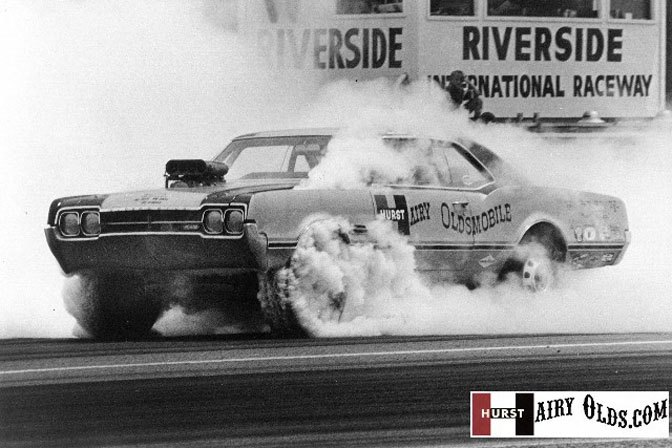
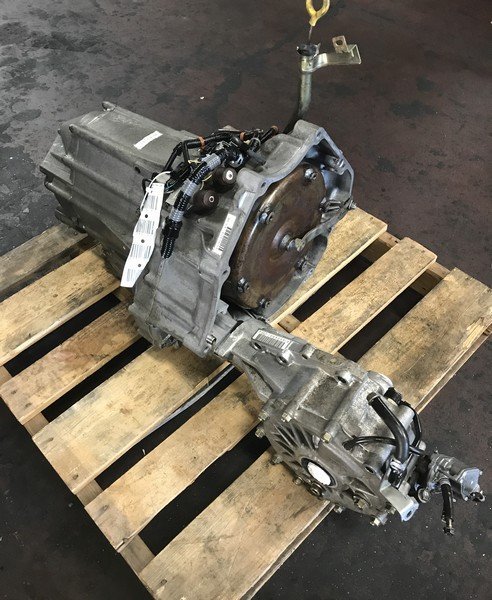
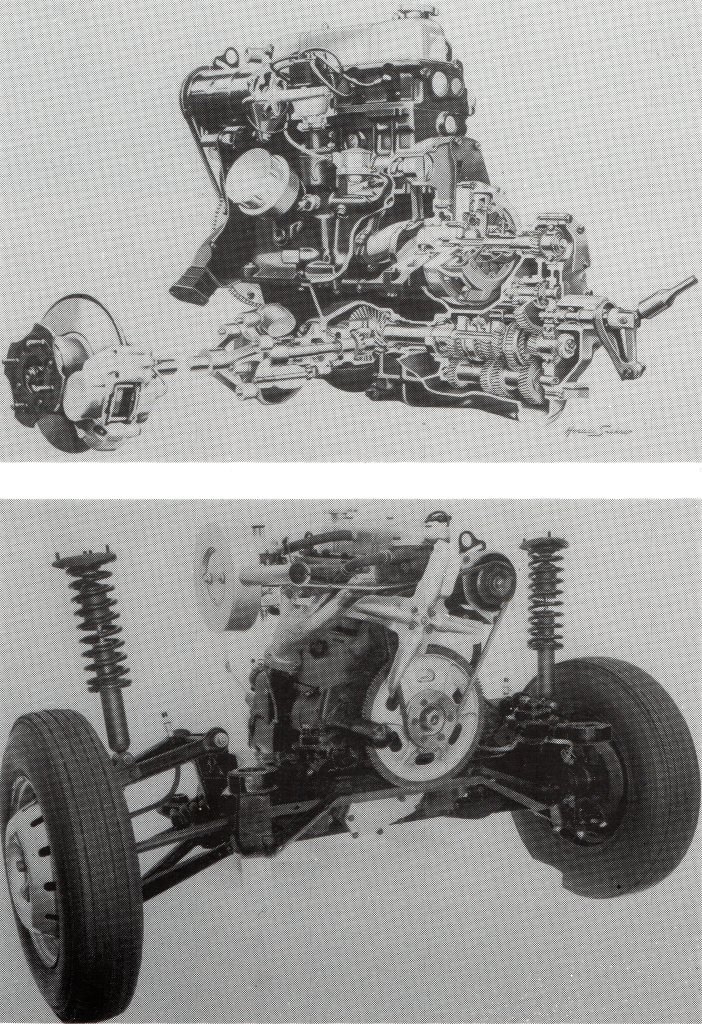
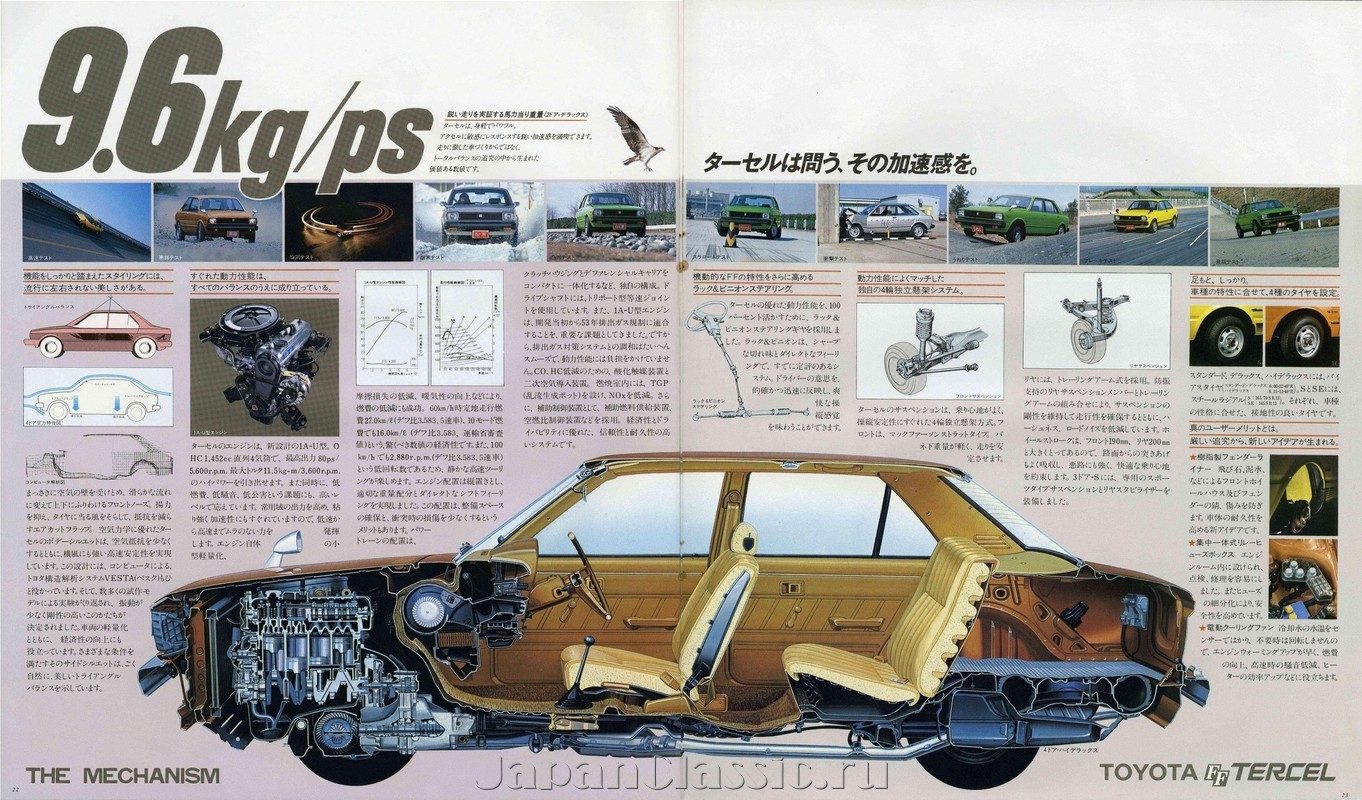
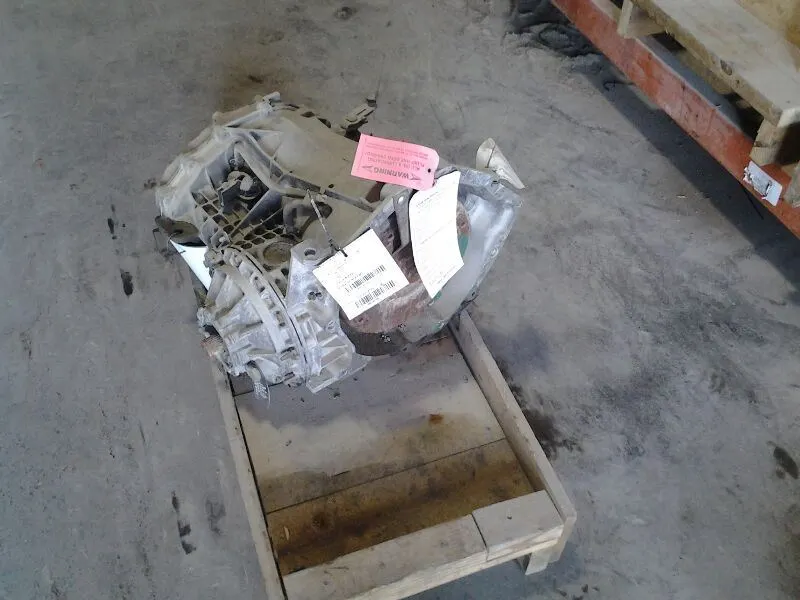
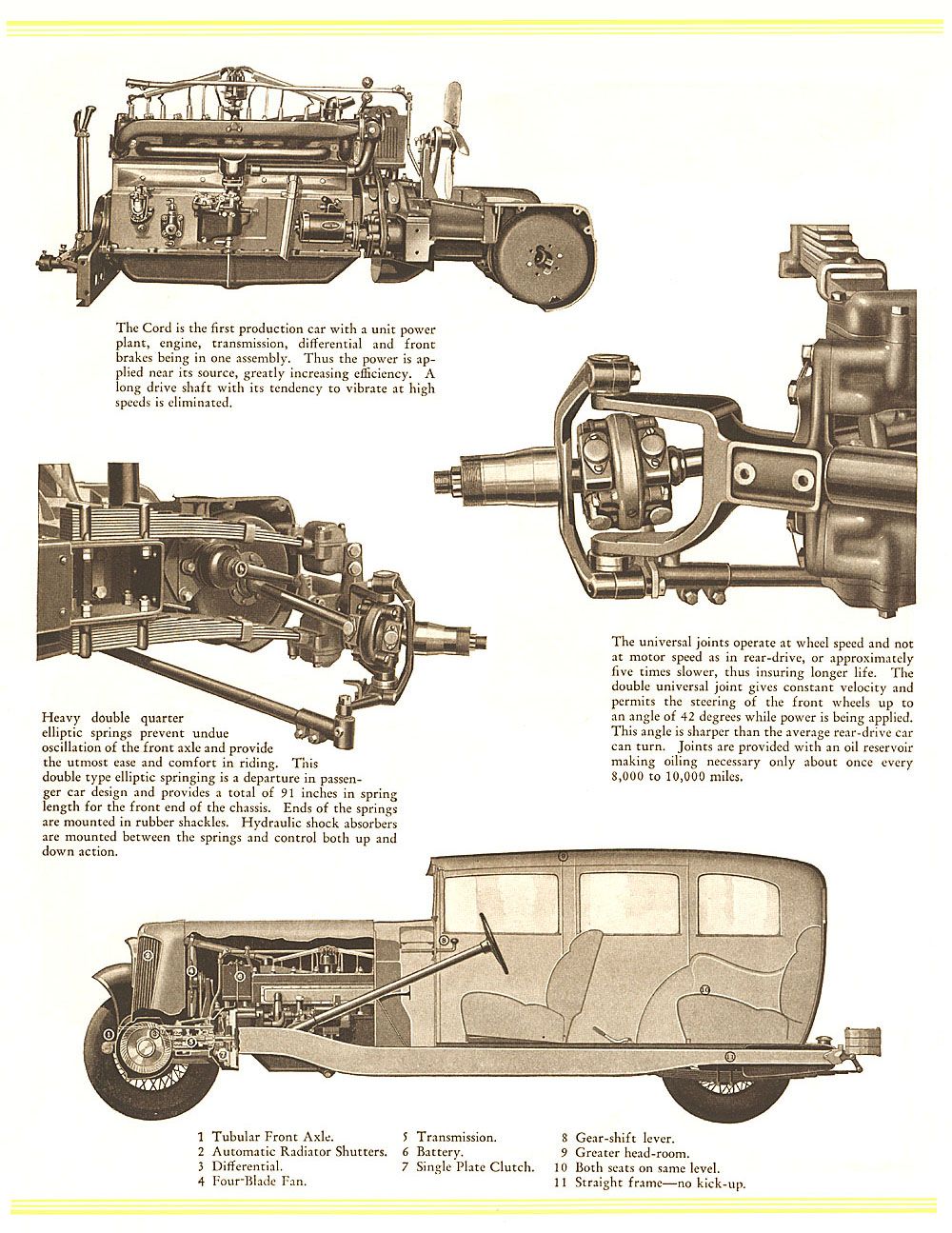
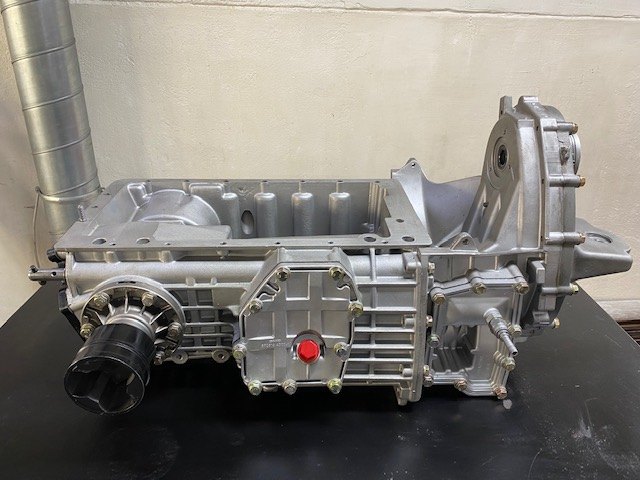
Quality post, was hoping my meandering thought would produce some good discussion.The GM UPP was basically conventional, asymmetrical RWD-based 4WD minus the rear drive with regard to engine-to-axle orientation. As seen above, the transmission is actually to one side, backwards, driven by a chain off the back of the torque converter. The TH425 in the early Toronados is stout--it's basically a TH400 like those used behind big blocks and truck motors--but its drive chain is definitely its weak link.
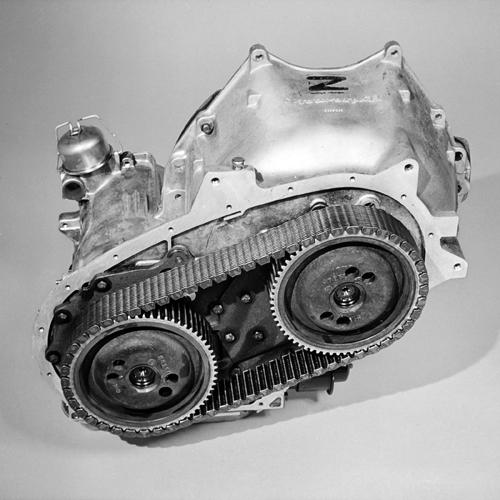
Hot rodders have used these in drag cars, and some have attempted to increase their load capacity by doubling up the chain.

The famed Hurst Hairy Olds, a Cutlass with a pair of blown alcohol Toronado 425 V8 UPPs driving the front and rear halves of the car, is purported to have run a standard chain and they would just get abused and replaced during exhibitions. The rear would have been overstressed by the load, but I've heard the front one would stretch out not because of the load but because it would spin so fast from lack of traction when weight shifted to the rear.

Acura did similar with the Vigor and Legend (also early RL, which was itself basically a Legend), except it was even more like an asymmetrical 4WD system with the entire gearbox behind the motor.

Triumph did it another way with the 1300, with the differential under the block instead of to one side and with axles nearly the same length.

Toyota basically copied Triumph for the early Tercels, which would also adopt 4WD.

The Dodge Intrepid was among these, except Audis at the time had a few inches between the bellhousing flange and axle centerline, where the Dodge brought the differential right up to the flange to make it easier to package. Audi would catch up some time after the Intrepid died off.

V16 Cadillacs weren't FWD. Also, while the engines were physically large, they weren't crazy displacement. Certainly a lot for the time, but the larger of the two versions was 452 cubic inches or 7.4 liters.
Cord had FWD, but the motor (a straight 8) was behind the front axles, like a Citroën Traction Avant (and many other Citroëns).

Early longitudinal FWD Saabs like the Sonett were similar to early Audis. Later longitudinal FWD Saabs were peculiar. The transmission was under the motor (most like a Ferrari BB/Testarossa) with the differential under the front, which faced the firewall. The clutch is at the front of the car.

Unless you're talking about the amount of engine ahead of the front axles, I think I'd put the old Quattro ahead of the V10 cars because that 5 was farther ahead of the front differential. Audi gearboxes got much tighter by the time they started hooking up V10s.Quality post, was hoping my meandering thought would produce some good discussion.
I was remembering the Saab setup a little wrong. It was weirder than I remembered.
I still don't think there's ever been a car more front-engined than the V10 Audis of the late 00s early 10s.
The most rear-engined car ever made? I'm not certain, but my gut tells me Tucker 48
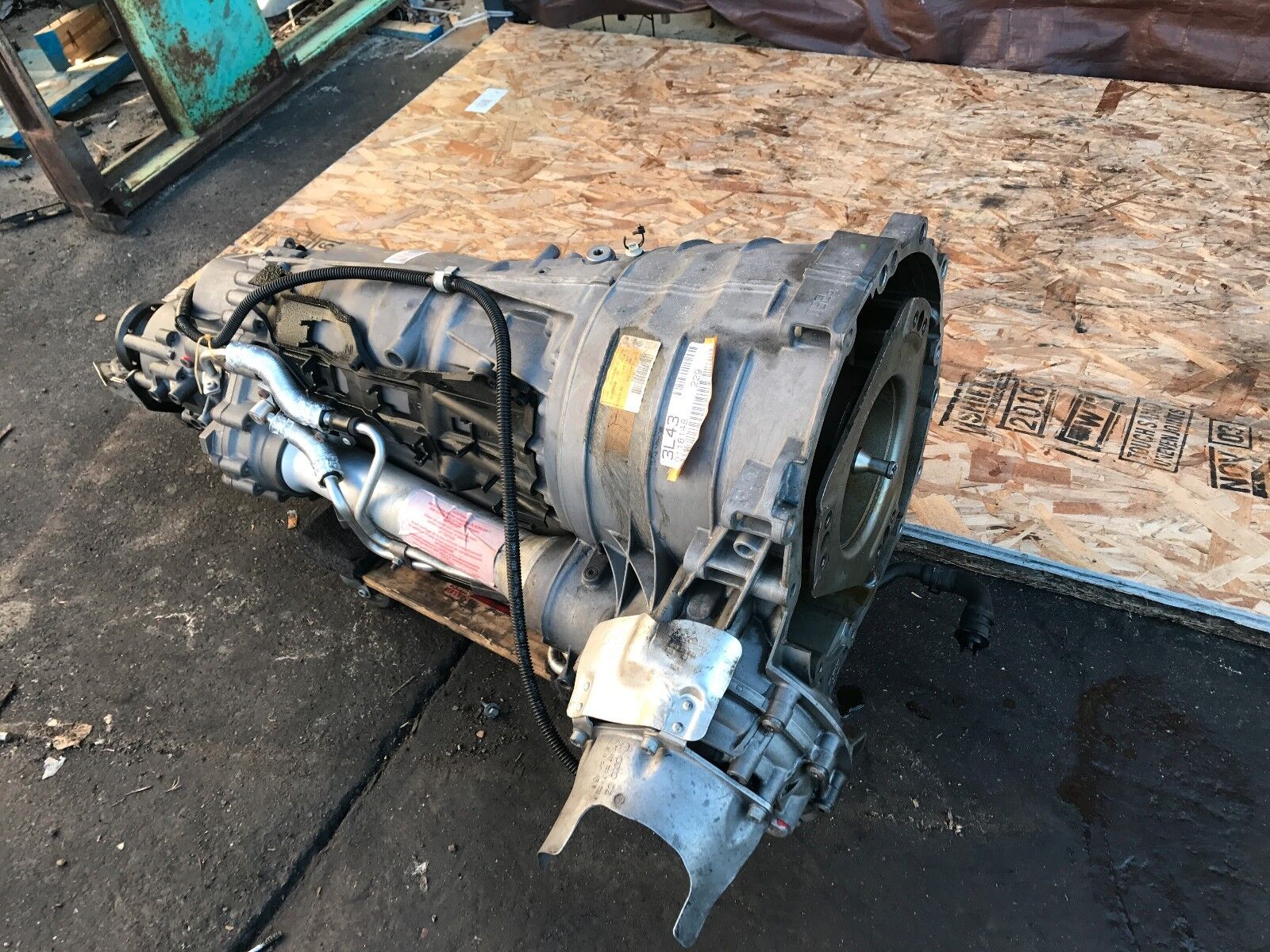
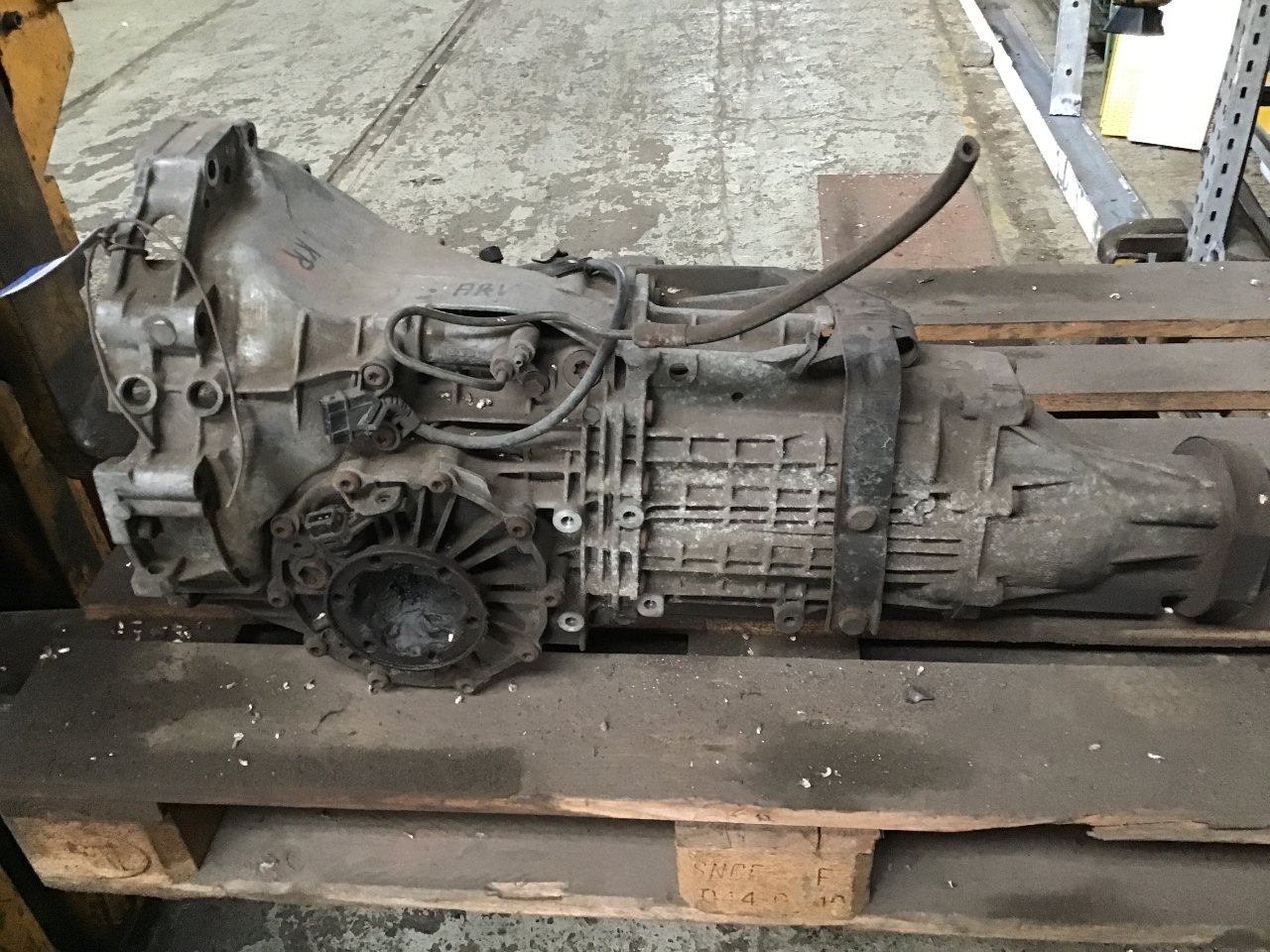
Virtually zero to be found on any of the UPP cars, due to the engine orientation, the way the half shafts connect to the transmission and the front suspension geometry. Torque steer didn't become a significant issue on GM's torquey FWD cars until they started making the engines go east/west in the 1980s. The actual packaging benefits were somewhat dubious (on the cars, at least. GM made great use of it with the GMC Motorhome a decade later), but the benefits in driving stability were inarguable at a time when most of the cars on the market were very spooky at the speeds they were capable of or in any kind of inclement weather. The Pikes Peak thing was mentioned above, but not only did Oldsmobile enter stock cars in it, they even did pre-production stress testing at the race the year before the car came out and won their class twice (dominating it in 1968).Ditto torque steer, especially with the 7.5L Rocket V8 and gargantuan 8.2L Cadillac V8.
I would bet on the V10 cars having more mass in front of the front axle centerline just because of it being effectively double the amount of engine, even if the mounting surface is mercifully closer to the axles.Unless you're talking about the amount of engine ahead of the front axles, I think I'd put the old Quattro ahead of the V10 cars because that 5 was farther ahead of the front differential. Audi gearboxes got much tighter by the time they started hooking up V10s.

Quattros had the radiator beside the motor because having it in front would only make it look more ridiculous.
Here's the earlier Quattro's gearbox to compare the mounting surface's distance from the axle centerline.

Audi V8s are also quite compact, especially when you consider that Boxsters use a boxer motor which is quite long for its displacement. Of course the height of a V8 is an issue, but it's not like there's nothing above the Boxster's crankcase. It's the same reason an LS in a Porsche isn't a complete packaging nightmare even if an LS is a touch longer than an Audi V8 (it's also more compact up top by virtue of being OHV instead of DOHC). If Volkswagen's W8 had caught on (I often lament that it didn't), it would surely be a popular choice.I would bet on the V10 cars having more mass in front of the front axle centerline just because of it being effectively double the amount of engine, even if the mounting surface is mercifully closer to the axles.
The neat thing about old Audi transmissions is that they can very easily be used in midship configurations. Case in point - the 2.5L 986 Porsche Boxsters used a barely modified (just a few of the ratios were tweaked to suit the N/A six) Audi 012 gearbox (fwd version) known as the G86.00 See how similar it is to the above in design:
View attachment 1268504
Apparently the Audi 012 will even bolt up to a 986, but the gear ratios don't really work with the Porsche very well. This also why its actually pretty easy to fit a 1.8T, 2.7T or even the 4.2L V8 into a Boxster...with enough hammering of body work in the way.
Apparently the Audi 012 will even bolt up to a 986, but the gear ratios don't really work with the Porsche very well.
They are a touch long overall, but I don't find them to be too bad. The 2.5 isn't hugely powerful but it does make decent torque and linear power throughout the rev range. As long as you are within a reasonable distance of the powerband, it never feels like you've caught the engine napping, unlike something like a first gen 86/BRZ which feel flat footed in most gears.I dunno. Dumping an M96 for the W8 seems like about the only swap you can do that would be even worse even if the electronics probably would basically be plug and play.
View attachment 1268597
Not that the ones Porsche chose were very good either!
Agreed. Obviously the performance ones are more interesting, but I still think standard models (particularly the last facelift in the early 90s) look very sharp with the square headlights.Non sporty mk1 Deltas are underrated. Everyone runs to HFs. Comparing to other models discrepancy is way more noticeable.
Prisma is also prettiest in latest iteration.Agreed. Obviously the performance ones are more interesting, but I still think standard models (particularly the last facelift in the early 90s) look very sharp with the square headlights.
Agree. Designs don’t seem to accommodate 7” round headlights and taillights any longer. Cars with such large grills probably could do with round lights, but design constraints probably aren’t allowing it.AMGs these days lack more restrained models like R230 SL55, NA CL55 etc. Also I agree that not evry model should have AMG version but coupe SUVs sell like hotcakes so they'll probably have many AMG versions. On other hand mk2 GT is gorgeous. I think I prefer it to mk1 because its more elegant and I like the tail light design.
On the last tone, I am glad that greyed out taillights (like Giulia facelift for example) are coming back now and hope that smoked taillights (like Citroen BX 2nd facelift) will return. Altezza lights I hope won't, because they don't go with more complicated modern designs IMO.
Prisma is also prettiest in latest iteration.
Also, if I see ONE more company doing restomod 964s I'm going to lose my ****.


The lack of imagination is definitely a good description. You could buy a clean Ferrari F355 and have practically a lifetime worth of maintenance money left over instead of buying a 993 Turbo, a car that in all honestly is no better and probably less special to drive than a Ferrari F355. In my opinion, a huge reason that 911s grew such a following was that they had the motorsports pedigree of Ferrari but were more reasonably priced. That whole notion is now upside down, at least when it comes to the larger volume models.The 911 is the Ford Mustang of premium sports cars:
If you win the lottery and have no imagination, you buy a Mustang.
If you are successfully white-collar and have no imagination, you buy a 911.